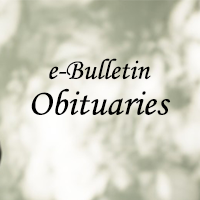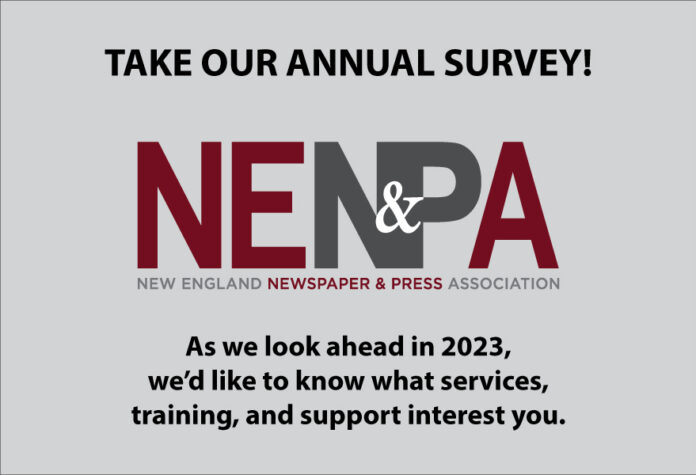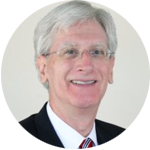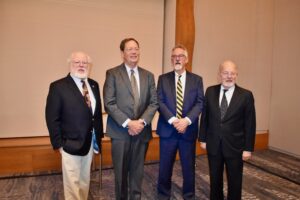
We’ve had quite a few requests for more time to prepare nominations for the New England Newspaper Hall of Fame – the award that recognizes the most outstanding newspaper professionals from throughout our six-state region.
The deadline for nominations has been extended to Friday, February 24, 2023.
Your nominee could join more than 100 individuals (see the full list below) who have already been inducted into the New England Newspaper Hall of Fame for their talent, hard work, and exceptional accomplishments, which provide inspiration to all New England journalists.
This year’s inductees will be honored during the annual New England Newspaper Convention, which will be held in Spring 2023 (date and location to be announced soon).
- Nominees should be people who have made extraordinary contributions to their newspaper(s), the newspaper industry, and their communities. NENPA membership is not required to be eligible for the award.
- People who have excelled in any area of newspaper operations are eligible — i.e., editorial, advertising, circulation, production, and administration.
- You may nominate those still working in the industry and those who have retired. Posthumous nominations are also eligible.
To nominate a colleague in honor of his or her professional achievement and lifetime of contributions, please prepare a letter describing your nominee’s accomplishments and why you recommend that he/she be appointed to the Hall of Fame. Include any supplemental material, testimonials, etc. that support your nomination.
Email your nomination letter and supporting material to l.conway@nenpa.com please use “Hall of Fame” in the subject line.
Nominations can also be mailed to:
Woburn, MA 01801
For further information, please contact NENPA executive director, Linda Conway, at (781) 281-7648, or l.conway@nenpa.com.
Hall of Fame Members
Jack Authelet, The Foxboro Reporter
Alan L. Baker, The Ellsworth American.
Nelson Benton, The Salem News
Ellen Beveridge, The Trumbull Times
Robert Bissonnette, York County Coast Star
Louis Bleiweis, The Call
Roswell Bosworth, Jr., East Bay Newspapers
Roswell Bosworth, Sr., East Bay Newspapers
Chris Braithwaite, the Chronicle
Mary Dodge Brewer, Boothbay Register
David Brickman, The Homesteader-Newton
Alexander Bacon Brook, York County Coast Star
Judith Brown, The Herald
Dorothy Whipple Burgess, The Observer
Ann Burghardt, Independent Granite Publishing
Jacob Burghardt, Independent Granite Publishing
Phillip C. Camp Sr., The Vermont Standard
Peter J. Caruso Sr., Caruso & Caruso, LLC
Curtiss Clark, The Newtown Bee
William T. Clew, Telegram & Gazette
Tom Condon, The Hartford Courant
Ross Connelly, Hardwick Gazette
Timothy Cotter, The Day of New London
Kevin Crosbie, the Chronicle
Lucy B. Crosbie, the Chronicle
David Cutler, Stonebridge/Salmon Press
Nicholas Daniloff, Northeastern University
Oreste D’Arconte, The Sun Chronicle
Ed DeCourcy, Argus Champion
Paul Dietterle, Jr., Sanford News
Rodney G. Doherty, Foster’s Daily Democrat
William P. Dole, Cambridge Chronicle
John Donoghue, Burlington Free Press
Michael Donoghue, St. Michael’s College
Chazy Dowaliby, The Patriot Ledger/ The Enterprise
John Drysdale, The Herald of Randolph
Dickey Drysdale, The Herald of Randolph
Christopher A. Eddings, North Shore Weeklies
Robert Estabrook, The Lakeville Journal
James D. Ewing, The Keene Sentinel
Katherine Fanning, The Christian Science Monitor
Robert H. Foster, Foster’s Daily Democrat
Winifred B. French, The Quoddy Tides
Bernard Gallagher, Eagle-Tribune/Haverhill Gazette
Ted Gay, Jr., Taunton Daily Gazette
David D. Gearhart, The Wilton Bulletin
George Geers, Plaidswede Publishing
Peter Gelzinis, Boston Herald
Suzanne Gillis, Vermont Woman Newspaper
Charles “Chuck” Goodrich, Newspapers of New England
Marcia Green, Valley Breeze Newspapers
Raymond Gross, Courier-Gazette
Loren Ghiglione, Southbridge (MA) Evening News
William Hannan, The Sun Chronicle
John Dennis Harrigan, Coos County Democrat
Ruth Haskins Bass, The Berkshire Eagle
Joseph P. Heaney, Boston Herald
Frank J. Heinrich, International Circulation Managers Association
Rudolph A. Hempe, No. Kingston Standard Times
Donald Hersam, New Canaan Advertiser
Thomas E. Heslin, Providence Journal
John I. Howell, Beacon Communications
Phyllis Hughes, Memorial Press Group
Vincent M. Igo, The Foxboro Reporter
Virginia Jackson, The Spectator
Henry E. Josten, Pictorial Gazette
Robert “Bob” Katz, New England Press Association
Bob Katzen, Beacon Hill Roll Call
Tom Kearney, The Stowe Reporter
Jonathan Kellogg, Republican-American
William B. Ketter, Eagle-Tribune Publishing Co.
Martin Langeveld, New England Newspapers, Inc
Harry J. Lally, Brooks Community Newspapers
Leonard I. Levin, The Providence Journal
Linda Lotridge Levin, University of Rhode Island
Hal Levy, Shore Line Newspapers
Angelo Lynn, Addison County Independent
Emerson Lynn, St. Albans Daily Messenger
W. Zachary (Bill) Malinowski, The Providence Journal
Warren McClure, Burlington Free Press
Morgan McGinley, The Day
Lincoln McKie Jr., Journalist & Journalism Teacher
Gerald McLaughlin, Springfield Reporter
Joseph W. McQuaid, Union Leader
Stephen Mindich, Boston Phoenix
John Mitchell, The Times Argus
Robert Mitchell, Rutland Herald
Rocco Molinari, The Sun Chronicle
David A. Morse, The Hardwick Gazette
Karl S. Nash, The Ridgefield Press
John Nash, Westfield Evening Citizen
Kendall Nye, The Sun Chronicle
Susan Ovans, The Hull Times
Candace Page, Burlington Free Press
Russel Pergament, TAB Newspapers Boston Metro
John C. Peterson, The Peterson Group
Morley L. Piper, NE Newspaper Association
William L. Plante, Jr., MNPA
Pamela Polston, Seven Days
Greg Popa, Vermont Community Newspaper Group
Douglas H. Reed, The Free Press
Paul A. Rixon, The Sun Chronicle
Samuel E. Roberts, The Lincoln County News
Irving E. Rogers, III, Eagle-Tribune
Walter Robinson, The Boston Globe
William B. Rotch, The Cabinet Press
Paula Routly, Seven Days
Mary Pat Rowland, Foster’s Daily Democrat
Bob Ryan, The Boston Globe
Richard Saltonstall, Jr., Norumbaga Publishing
Jack Sanders, The Ridgefield Press
William J. Slator, Addison County Independent
Scudder Smith, The Newtown Bee
Paul Scudder Smith, The Newtown Bee
Gordon Smith, Caledonian-Record
James H. Smith, Connecticut Journalist
Albert B. Southwick, Telegram & Gazette
George Speers, New England Press Association
Albert Spendlove, The Telegraph
Albert E. Sylvia, Sr., North Reading Transcript
Elsie M. Talanian, The Salem Observer
Jeanne Tempest, Granite State News
Lisa Tuite, The Boston Globe
Bob Wallack, New England Press Association
Daniel J. Warner, Eagle-Tribune
William Wasserman, North Shore Weeklies
Peter Watson, Gloucester Daily Times
Julia Wells, Vineyard Gazette
Alan White, Eagle -Tribune
Eliot White, Record-Journal Media Group
John Widdison, Worcester Gazette
James Russell Wiggins, The Ellsworth American
Selma Williams, North Shore Weeklies
Frederick J. Wilson, III, So. County Newspapers
George Wilson, Concord Monitor
Carol J. Young, Providence Journal

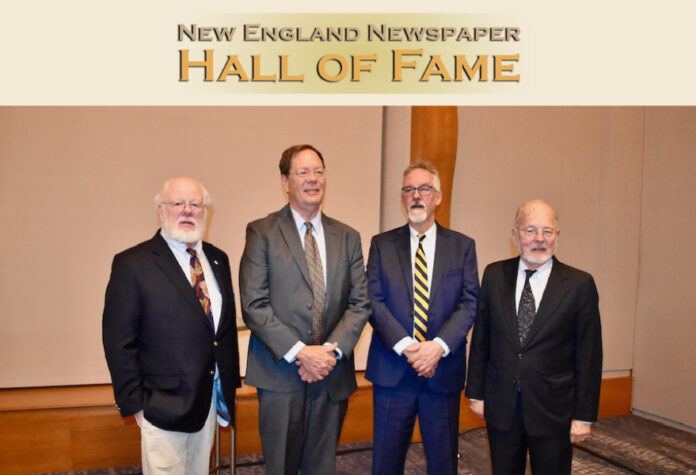

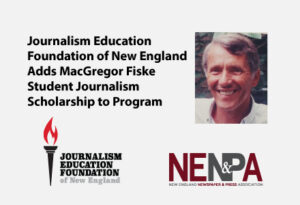 In 2022, the
In 2022, the 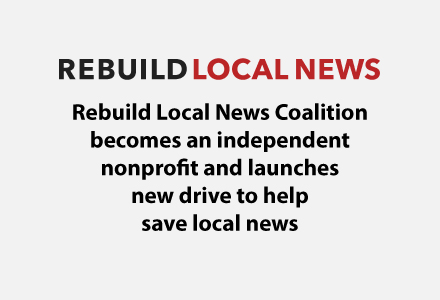

 Portland-based Pulse Research has announced the release of the 2023
Portland-based Pulse Research has announced the release of the 2023 
 Report for America (RFA) helps local newsrooms report on under-covered issues and communities by sending early-career and mid-to-late-career reporters and photographers to newsrooms throughout the country. As an RFA Corps Member, you’ll be a part of a movement to strengthen communities—and our democracy—through local journalism that is truthful, fair, fearless, and smart.
Report for America (RFA) helps local newsrooms report on under-covered issues and communities by sending early-career and mid-to-late-career reporters and photographers to newsrooms throughout the country. As an RFA Corps Member, you’ll be a part of a movement to strengthen communities—and our democracy—through local journalism that is truthful, fair, fearless, and smart.